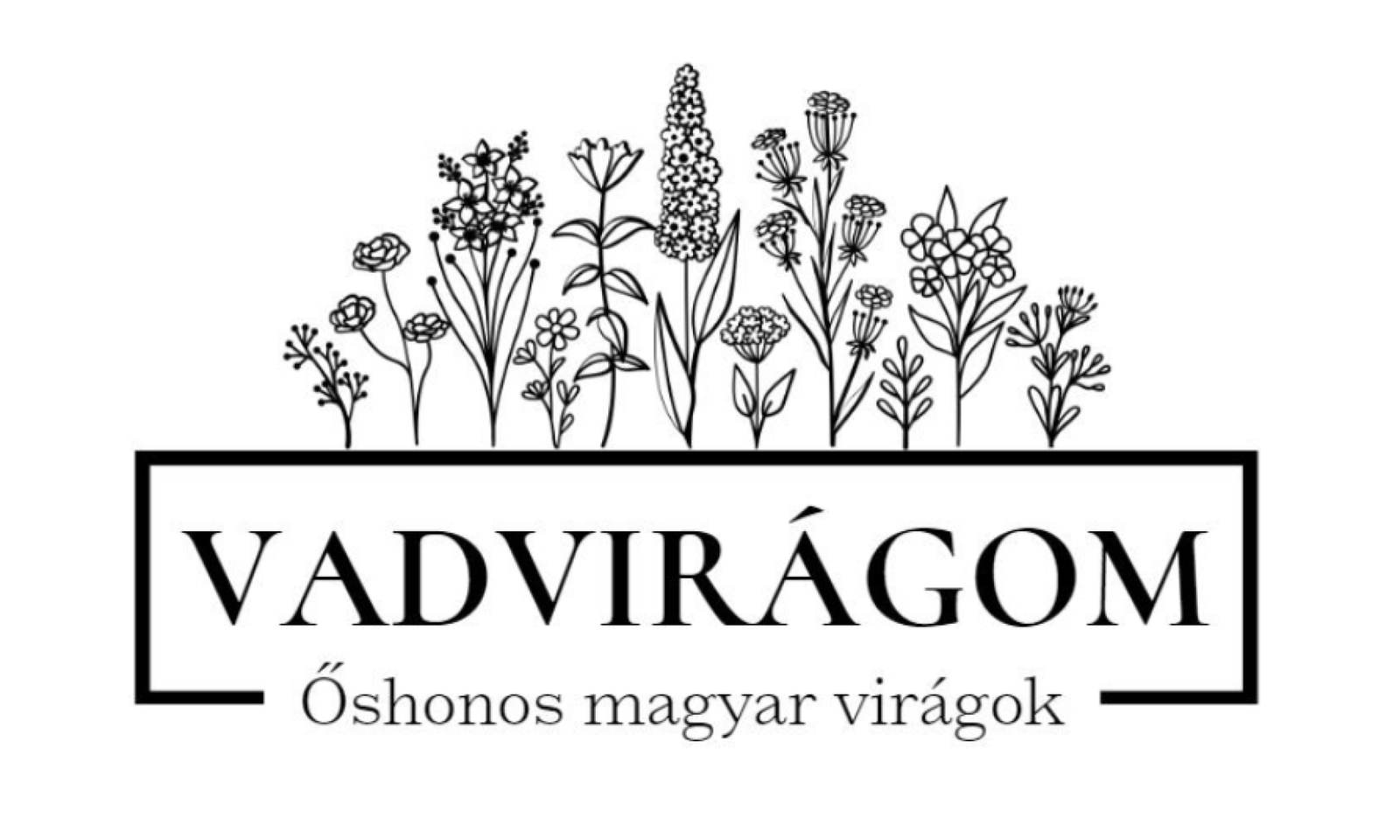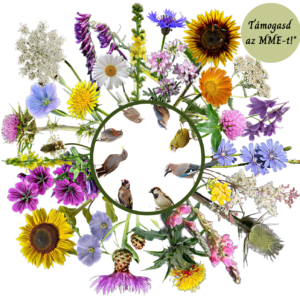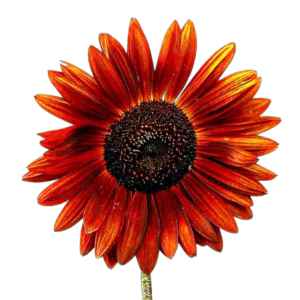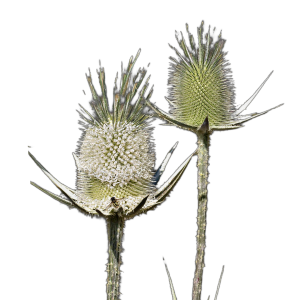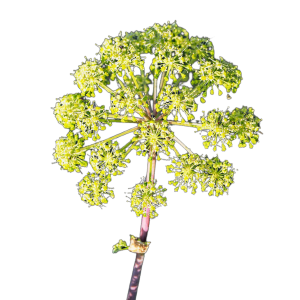-
- Select options There are several variations of this product. The variants can be selected on the product page
- bird attractant, seed mix
BIRD FOOD - seed mix for winter feeding of birds (prickly)
- 2.500 Ft - 13.000 Ft
- The idea for the Bird Lure seed mix came from the tengelicidae, as I watched tengelicidae come to a stray sunflower left outside a window for weeks to feast. Many species of birds, including blue tits, coal tits, cherry warblers and those with beaks suited to such things like this like to peck out the half-ripe/mature seeds from the open, seed-ripened flowers. In addition, many of our bird species are insect prey, which feed on pollen and...
-
- Select options There are several variations of this product. The variants can be selected on the product page
- bird attractant, seed mix
BIRD FEEDER 2.0 - seed mix for winter feeding of birds (petting)
- 2.500 Ft - 13.000 Ft
- The idea for the Bird Lure seed mix came from the tengelicidae, as I watched tengelicidae come to a stray sunflower left outside a window for weeks to feast. Many species of birds, including blue tits, coal tits, cherry warblers and those with beaks suited to such things like this like to peck out the half-ripe/mature seeds from the open, seed-ripened flowers. In addition, many of our bird species are insect prey, which feed on pollen and...
